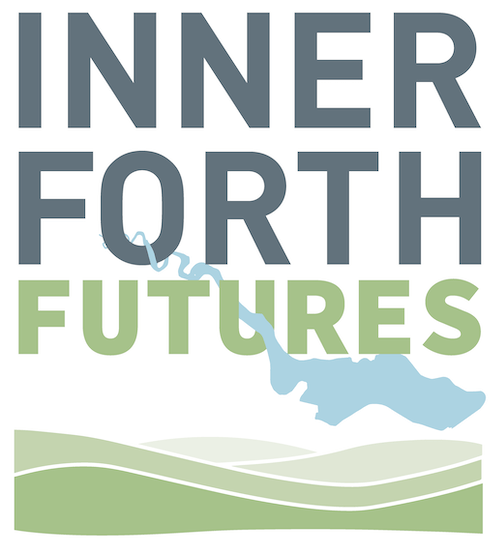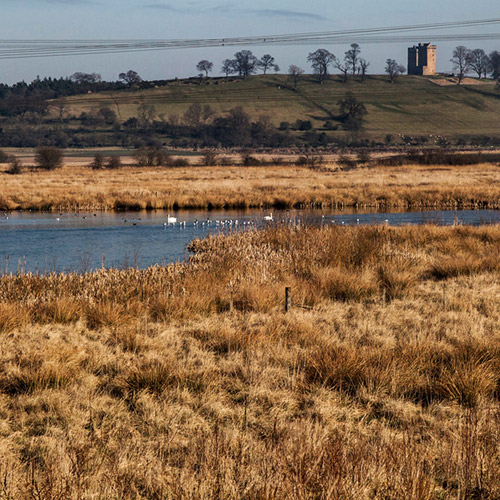Black Devon Wetlands
The area known as Black Devon Wetlands lies to the south-east of Alloa, occupying 38ha of wet and dry grassland behind the sea wall. RSPB Scotland has now signed a lease with Clackmannanshire Council to manage this site. They aim to restore the wetlands and surrounding grassland into a suite of habitats rich in wildlife, accessible to people and for visitors to engage with the wildlife found in this remarkable part of the Inner Forth. The mosaic of pools and wet and rough grassland will be managed to ensure they are appealing and suitable for the assemblage of breeding and wintering wildfowl, waders and other birds for which the Firth of Forth SPA is designated.
Over 2016 and 2017 works took place to help visitors get closer to the range of wildlife found at RSPB Black Devon Wetlands including a new boardwalk, raised viewing area, viewing screen and a new area of wetland.
Historic maps show that in the 1920s, the Cauldron Aeroplane Factory occupied the site, followed by mine workings. More recently the south eastern corner just outwith the site was used as landfill. The pools found on the site are artificially created. The brackish pool adjacent to the River Black Devon was the first-known ‘managed realignment’ project in Scotland and was implemented by Clackmannanshire Heritage Trust in the 1990s. This was later awarded a SEPA Enhancement Award. The more expansive wetlands towards the Forth were created when the clay was extracted and used to cap the adjacent landfill between 2005 and 2008.
Winter 2016:
A board walk, pathing and a viewing screen designed by Civic Architects with Astrid Jaekel was installed, as well as improved habitat for the birds that make Black Devon so important. The viewing screen has been a hit with school groups, walkers and photographers, and gives you great views over the wetlands at any time of day and helps to minimise the disturbance to ducks, swans and other birds using the pools.
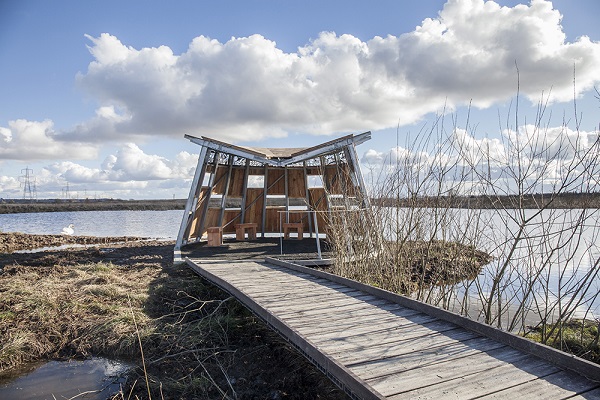
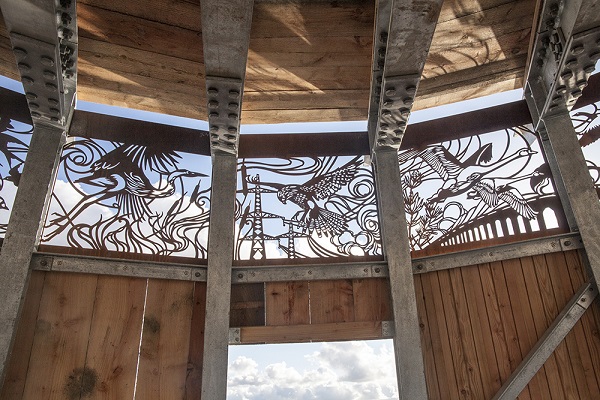
The viewing screen is decorated with 12 of the cut-out metal panels you can see above, each depicting a different species found on the Reserve throughout the year, as well as aspects of the site's history, and industrial past.
Photos: David Palmar www.photoscot.co.uk
February 2017:
As part of World Wetlands Day IFLI and the RSPB hosted an event with 3rd year students from the nearby Alloa Academy. It involved a presentation by RSPB Futurescapes Officer David Anderson on the importance of wetland habitats and their ecosystems, as well as practical work where groups cut down willow trees from the site and used them to make cover for the path up to the viewing screen. This will allow visitors to access the viewing screen without scaring away the birds.
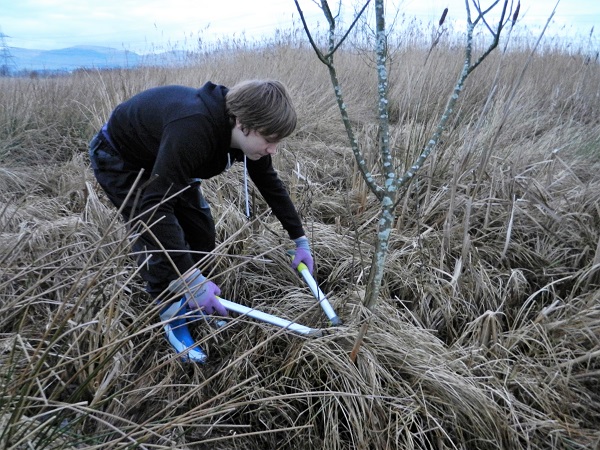
Photo: Alan Moore/Alloa Academy
Later in the year we worked again with pupils from Alloa Academy to produce two short films about the Reserve, which you can see below.
Our Alloa. Thanks to Chas Whatmore and Sole Productions.
Wetlands Watch. Thanks to Henry Cruickshank.
Winter 2017 to Summer 2018
Groundwork was also undertaken to improve the habitats at the Reserve. In October 2017, a large yellow digger removed the extensive growth of reeds which had built up while the site was unmanaged in previous years allowing space for more varied habitats - attracting more waders and wildfowl - while still leaving shelter for species like water rails and sedge warblers, which prefer to denser areas of reeds.
Over the 2017-18 winter the RSPB and volunteers constructed a pond-dipping platform at the Reserve, as pond-dipping has proven to be a very popular activity during the family fun days. If you are visiting, please try it out!
A wildflower meadow was sown and a series of hedge planted adjacent to the viewing mound. These create additional habitats for a wide range of wildlife on the Reserve. If you take a seat at the viewing mound you will see our latest pieces of work designed by Astrid Jaekel that depict some of the local wildlife that you may be able to spot during a visit to RSPB Black Devon Wetlands.
Find out more, including direction on how to get to the Reserve and upcoming events, on the RSPB website.
This project was co funded by the LIFE financial instrument of the European Community through EcoCoLife: 
